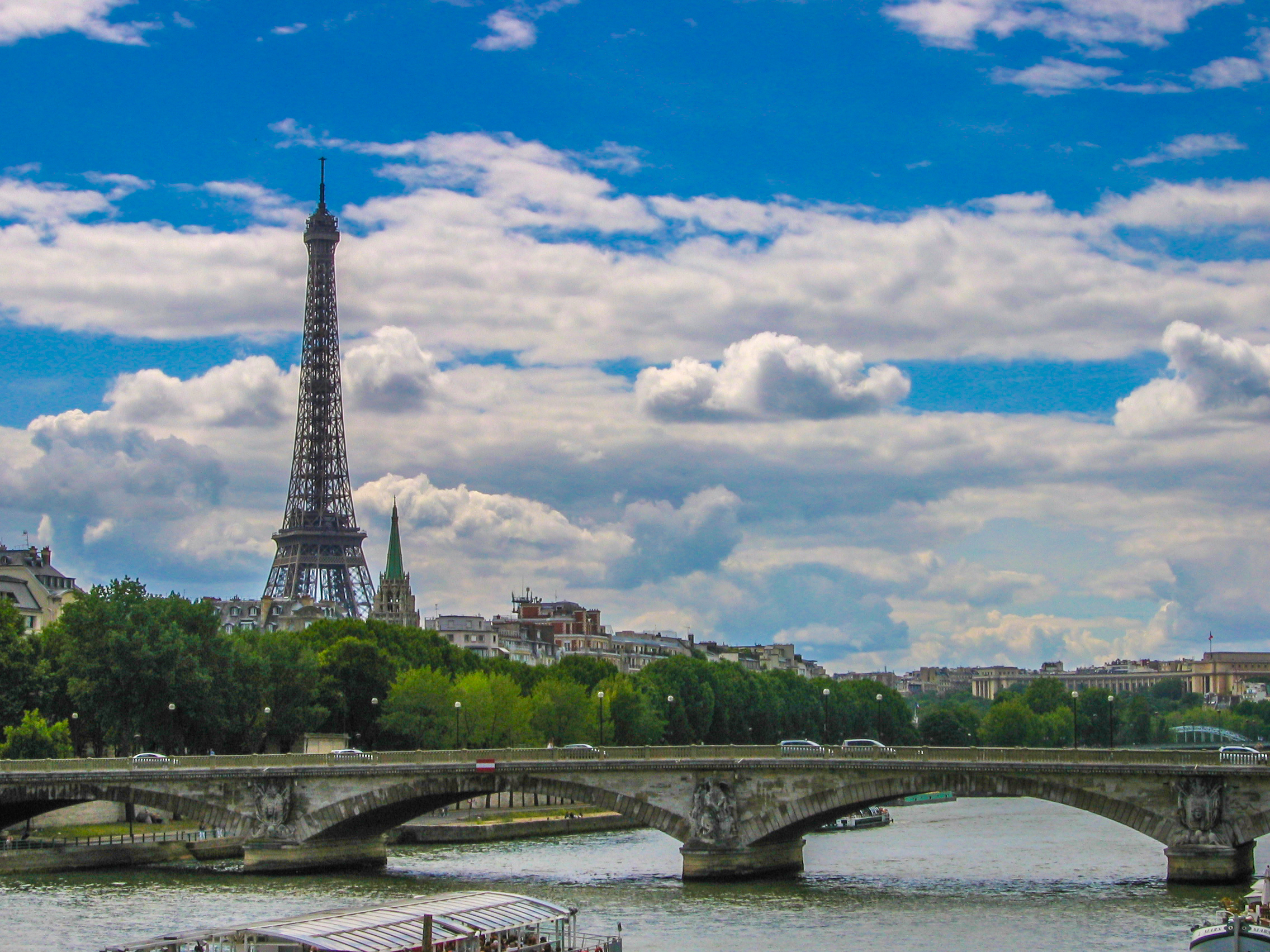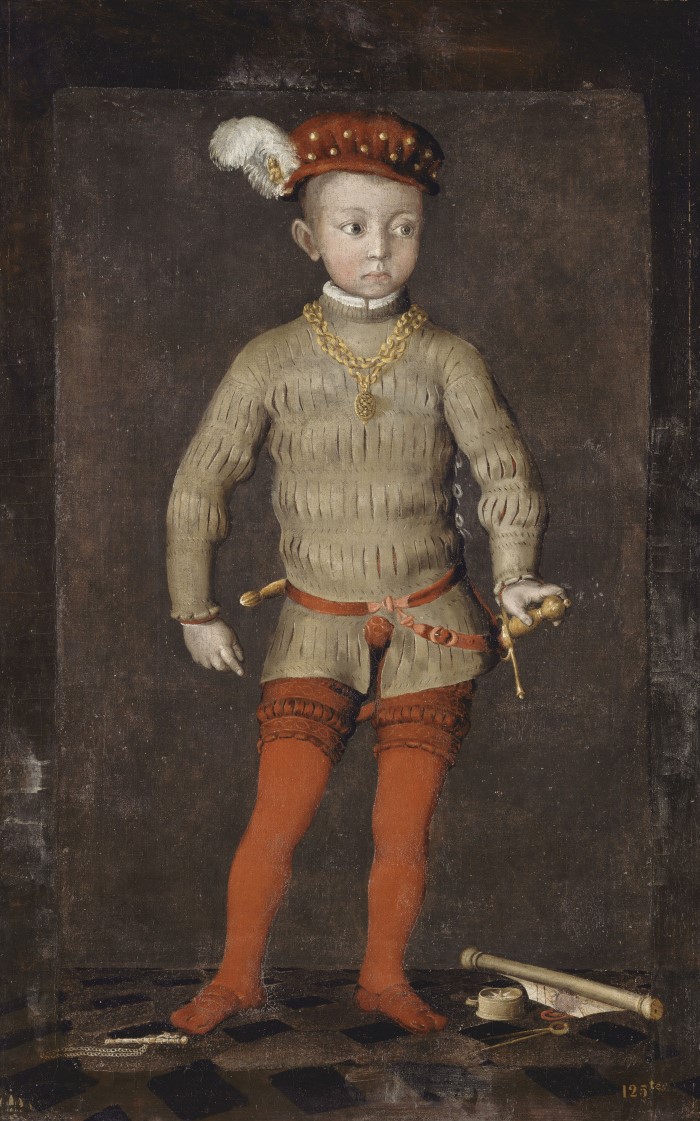|
Rogny-les-Sept-Écluses
Rogny-les-Sept-Écluses () is a Communes of France, commune in the Yonne Departments of France, department in Bourgogne-Franche-Comté in north-central France. The name of the commune comes from its impressive seven Lock (water navigation), locks on Briare Canal. Geography The commune is located some west of Auxerre and is crossed by the Loing and the Briare Canal. It is situated at 20 km north of Gien and 140 km south of Paris. The commune is in the natural area of Puisaye, History Rogny-les-sept-écluses was simply known as Rogny before 1978, when the name was changed to mirror its famous monument. Human settlement in the area dates back to Roman Empire, Roman times. Medals and coins bearing the image of the Constantine the Great, Emperor Constantine (306-337) and the Gauls, Gaulish tyran Tetricus I, Tetricus (268) were found along an ancient Roman roads, Roman road. In the Middle Ages, the lower part of the village was on wetlands, so most of the villagers lived ... [...More Info...] [...Related Items...] OR: [Wikipedia] [Google] [Baidu] |
Rogny-les-Sept-Écluses - 05
Rogny-les-Sept-Écluses () is a commune in the Yonne department in Bourgogne-Franche-Comté in north-central France. The name of the commune comes from its impressive seven locks on Briare Canal. Geography The commune is located some west of Auxerre and is crossed by the Loing and the Briare Canal. It is situated at 20 km north of Gien and 140 km south of Paris. The commune is in the natural area of Puisaye, History Rogny-les-sept-écluses was simply known as Rogny before 1978, when the name was changed to mirror its famous monument. Human settlement in the area dates back to Roman times. Medals and coins bearing the image of the Emperor Constantine (306-337) and the Gaulish tyran Tetricus (268) were found along an ancient Roman road. In the Middle Ages, the lower part of the village was on wetlands, so most of the villagers lived around the church on the higher part of the village. Written traces from the 11th century indicate that the village now known as Rog ... [...More Info...] [...Related Items...] OR: [Wikipedia] [Google] [Baidu] |
Briare Canal
The Briare Canal (, ) is one of the oldest canals in France. Its construction started in 1604. It was the first summit level canal in Europe that was built using pound locks, connecting the Rhone-Saône and Seine valleys. It is long and is part of the Bourbonnais route from Saint-Mammès on the Seine to Chalon-sur-Saône on the Saône. From Briare to Buges, the canal rises through the first 12 locks some and then falls through the remaining 24 locks. Construction The canal was initiated by Maximilien de Béthune, duc de Sully, with support from Henry IV in order to develop the grain trade, and to reduce food shortages. Its construction started in 1604 and was completed in 1642. Between 6,000 and 12,000 labourers worked on this canal which connects the basins of the rivers Loire and Seine. Hugues Cosnier obtained the contract to build the second canal crossing a watershed in Europe, involving many more locks than on the first. It was thus necessary to use locks. A sta ... [...More Info...] [...Related Items...] OR: [Wikipedia] [Google] [Baidu] |
Loing
The Loing () is a long river in central France, a left tributary of the Seine. Its source is in Sainte-Colombe-sur-Loing, in the southwest of the departments of France, department of Yonne, and it flows into the Seine in Saint-Mammès, near Moret-sur-Loing. Its main tributaries are the Ouanne (river), Ouanne, the Aveyron (Loing), Aveyron, the Puiseaux (river), Puiseaux, the Solin (river), Solin, the Lunain and the Orvanne (river), Orvanne. The part of the Briare Canal between Rogny-les-Sept-Écluses and Montargis runs parallel to the Loing. Departments and communes along river course *Yonne: Sainte-Colombe-sur-Loing, Saint-Sauveur-en-Puisaye, Moutiers-en-Puisaye, Saint-Fargeau, Saint-Martin-des-Champs, Yonne, Saint-Martin-des-Champs, Saint-Privé, Yonne, Saint-Privé, Bléneau, Rogny-les-Sept-Écluses *Loiret: Dammarie-sur-Loing, Sainte-Geneviève-des-Bois, Loiret, Sainte-Geneviève-des-Bois, Châtillon-Coligny, Montbouy, Montcresson, Conflans-sur-Loing, Amilly, Loiret, Amil ... [...More Info...] [...Related Items...] OR: [Wikipedia] [Google] [Baidu] |
Loire
The Loire ( , , ; ; ; ; ) is the longest river in France and the 171st longest in the world. With a length of , it drains , more than a fifth of France's land, while its average discharge is only half that of the Rhône. It rises in the southeastern quarter of the French Massif Central in the Cévennes range (in the departments of France, department of Ardèche) at near Mont Gerbier de Jonc; it flows north through Nevers to Orléans, then west through Tours and Nantes until it reaches the Bay of Biscay (Atlantic Ocean) at St Nazaire, Saint-Nazaire. Its main tributaries include the rivers Nièvre (Loire), Nièvre, Maine (river), Maine and the Erdre on its right bank, and the rivers Allier (river), Allier, Cher (river), Cher, Indre (river), Indre, Vienne (river), Vienne, and the Sèvre Nantaise on the left bank. The Loire gives its name to six departments: Loire (department), Loire, Haute-Loire, Loire-Atlantique, Indre-et-Loire, Maine-et-Loire, and Saône-et-Loire. The lower ... [...More Info...] [...Related Items...] OR: [Wikipedia] [Google] [Baidu] |
Canal
Canals or artificial waterways are waterways or engineered channels built for drainage management (e.g. flood control and irrigation) or for conveyancing water transport vehicles (e.g. water taxi). They carry free, calm surface flow under atmospheric pressure, and can be thought of as artificial rivers. In most cases, a canal has a series of dams and locks that create reservoirs of low speed current flow. These reservoirs are referred to as ''slack water levels'', often just called ''levels''. A canal can be called a navigation canal when it parallels a natural river and shares part of the latter's discharges and drainage basin, and leverages its resources by building dams and locks to increase and lengthen its stretches of slack water levels while staying in its valley. A canal can cut across a drainage divide atop a ridge, generally requiring an external water source above the highest elevation. The best-known example of such a canal is the Panama Can ... [...More Info...] [...Related Items...] OR: [Wikipedia] [Google] [Baidu] |
English Channel
The English Channel, also known as the Channel, is an arm of the Atlantic Ocean that separates Southern England from northern France. It links to the southern part of the North Sea by the Strait of Dover at its northeastern end. It is the busiest Sea lane, shipping area in the world. It is about long and varies in width from at its widest to at its narrowest in the Strait of Dover."English Channel". ''The Columbia Encyclopedia'', 2004. It is the smallest of the shallow seas around the continental shelf of Europe, covering an area of some . The Channel aided the United Kingdom in becoming a naval superpower, serving as a natural defence against invasions, such as in the Napoleonic Wars and in the World War II, Second World War. The northern, English coast of the Channel is more populous than the southern, French coast. The major languages spoken in this region are English language, English and French language, French. Names Roman historiography, Roman sources as (or , ... [...More Info...] [...Related Items...] OR: [Wikipedia] [Google] [Baidu] |
Seine
The Seine ( , ) is a river in northern France. Its drainage basin is in the Paris Basin (a geological relative lowland) covering most of northern France. It rises at Source-Seine, northwest of Dijon in northeastern France in the Langres plateau, flowing through Paris and into the English Channel at Le Havre (and Honfleur on the left bank). It is navigable by ocean-going vessels as far as Rouen, from the sea. Over 60 percent of its length, as far as Burgundy (region), Burgundy, is negotiable by large barges and most tour boats, and nearly its whole length is available for recreational boating; Bateaux Mouches, excursion boats offer sightseeing tours of the river banks in the capital city, Paris. There are 37 List of bridges in Paris#Seine, bridges in Paris across the Seine (the most famous of which are the Pont Alexandre III and the Pont Neuf) and dozens List of crossings of the River Seine, more outside the city. A notable bridge, which is also the last along the course of ... [...More Info...] [...Related Items...] OR: [Wikipedia] [Google] [Baidu] |
Henry IV Of France
Henry IV (; 13 December 1553 – 14 May 1610), also known by the epithets Good King Henry (''le Bon Roi Henri'') or Henry the Great (''Henri le Grand''), was King of Navarre (as Henry III) from 1572 and King of France from 1589 to 1610. He was the first monarch of France from the House of Bourbon, a cadet branch of the Capetian dynasty. He pragmatically balanced the interests of the Catholic and Protestant parties in France, as well as among the European states. He was assassinated in Paris in 1610 by a Catholic zealot, and was succeeded by his son Louis XIII. Henry was baptised a Catholic but raised as a Huguenot in the Protestant faith by his mother, Queen Jeanne III of Navarre. He inherited the throne of Navarre in 1572 on his mother's death. As a Huguenot, Henry was involved in the French Wars of Religion, barely escaping assassination in the St. Bartholomew's Day massacre. He later led Protestant forces against the French royal army. Henry inherited the thro ... [...More Info...] [...Related Items...] OR: [Wikipedia] [Google] [Baidu] |
Titian
Tiziano Vecellio (; 27 August 1576), Latinized as Titianus, hence known in English as Titian ( ), was an Italian Renaissance painter, the most important artist of Renaissance Venetian painting. He was born in Pieve di Cadore, near Belluno. Titian was one of the most versatile of Italian painters, equally adept with portraits, landscape backgrounds, and mythological and religious subjects. His painting methods, particularly in the application and use of colour, exerted a profound influence not only on painters of the late Italian Renaissance, but on future generations of Art of Europe, Western artists. His career was successful from the start, and he became sought after by patrons, initially from Venice and its possessions, then joined by the north Italian princes, and finally the Habsburgs and the papacy. Along with Giorgione, he is considered a founder of the Venetian school of Italian Renaissance painting. In 1590, the painter and art theorist Giovanni Paolo Lomazzo describe ... [...More Info...] [...Related Items...] OR: [Wikipedia] [Google] [Baidu] |






